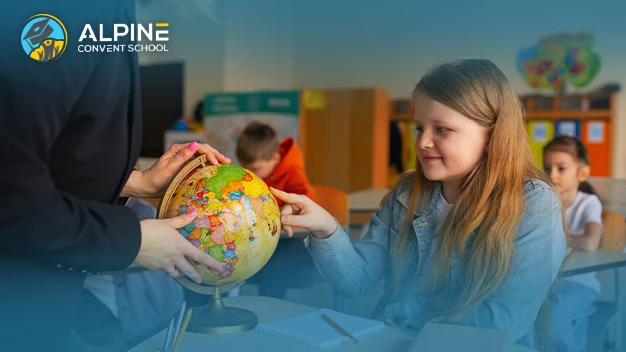
17 January, 2024
In a top nursery school in Gurgaon, integrated curriculum is are not uncommon. And these informal performances revolve around various themes covering different topics. In one skit, you may find the nursery students depicting the concept of the solar system, clearly explaining how the Earth moves around the Sun.
In another, you may see a performance where students showcase how technology has both helped and divested humanity and the necessity to keep an emphasis on the former. Are these skits only about arts? Are the students only learning how to act, sing or dance? As you might have already guessed, the participating students also learn about science and technology through the theme they enact and this is the simple definition of an integrated curriculum.
So, what do we mean by integrated curriculum?
The technical definition of integrated curriculum is any pedagogical approach that integrates or unifies two or more subjects and experiences. The correlation can range from casual attention to remotely related topics to a planned explanation of interrelated disciplines.
An integrated curriculum binds multiple subjects into a common theme and strives to provide a depth of knowledge at all levels. Although the concept is not new, the integrated curriculum became a buzzword in the 21st century. The schools in Gurugram have it mentioned in their educational mission as a crucial aspect of their pedagogy.
Types of integrated curriculum
Integrating multiple subjects into a common theme can happen in the following three ways:
Bringing together all the branches or subcategories of a broader subject and teaching students the connection among the same. The classic example is social sciences where government functioning, economics and math are taught as an integration. The relation is direct and teachers plan the connection intentionally.
Science is the best example. Forces taught in physics can easily be connected to chemical reactions in chemistry which, in turn, is an influential concept in biology that explains human metabolism.
Multiple disciplines are taught together and students are shown the bridge that connects them all. In contrast, teaching these subjects as standalone topics can become monotonous and may often seem without purpose.
A type of integrated curriculum where real-world issues are connected to the theory taught in the classrooms. Through various social drives, students can come across real-world issues that are challenging humanity now.
From climate change to food scarcity, these need solutions. Transdisciplinary integration connects the science and skills that the top nursery schools in Gurgaon school teaches to these issues and prompts students to brainstorm solutions that can be put into effect.
The benefits of learning in an integrated curriculum
The first outright benefit that an integrated curriculum has on students is 21st-century skill development.
Today, the world is integrating almost everything where healthcare is receiving a boost from technology and history is helping financial analysts. Teaching related subjects in isolation no longer make sense.
Second, an integrated curriculum creates intrinsic motivation. A student may not be solely interested in learning physics but its connected with chemistry or biology may seem interesting.
Students who are intrinsically motivated to learn something show better performance than the group who learns just for the sake of education. Studies have shown that learning in an integrated curriculum has almost always led to deeper knowledge retention.
Third, integrated curriculum directly helps in collaborative and communicative skill development. A professor in Florida, United States, found that her students reported better reading and writing comprehension when she changed her teaching strategy from lecturing about science to building wind and rain machines.
The act of building something prompted students to communicate with each other, work in a team and develop their soft skills.
And lastly, students learning in an integrated curriculum has shown the capacity to think on a higher level. The Florida professor also noted that when students built wind and rain machines instead of just reading about condensation and evaporation in textbooks, they could actually relate to the mechanics of the same and started brainstorming about ideas that could harness wind’s and rain’s powers. Integrated learning opens up the mind’s imaginative potential by giving it a broader view.
Today, if you list best schools in Gurgaon that have always focused on having an integrated curriculum, the Alpine Convent School has to be the first name. The school’s management has been forward enough to include the concept in its pedagogy since the institute’s inception.
Alpine’s vision is to make responsible citizens of the society and to turn its students into inspiration for others. The management along with the faculty continues to strive to fine-tune the quality of education in the school and uphold modern approaches like integrated curriculum in the best possible way.
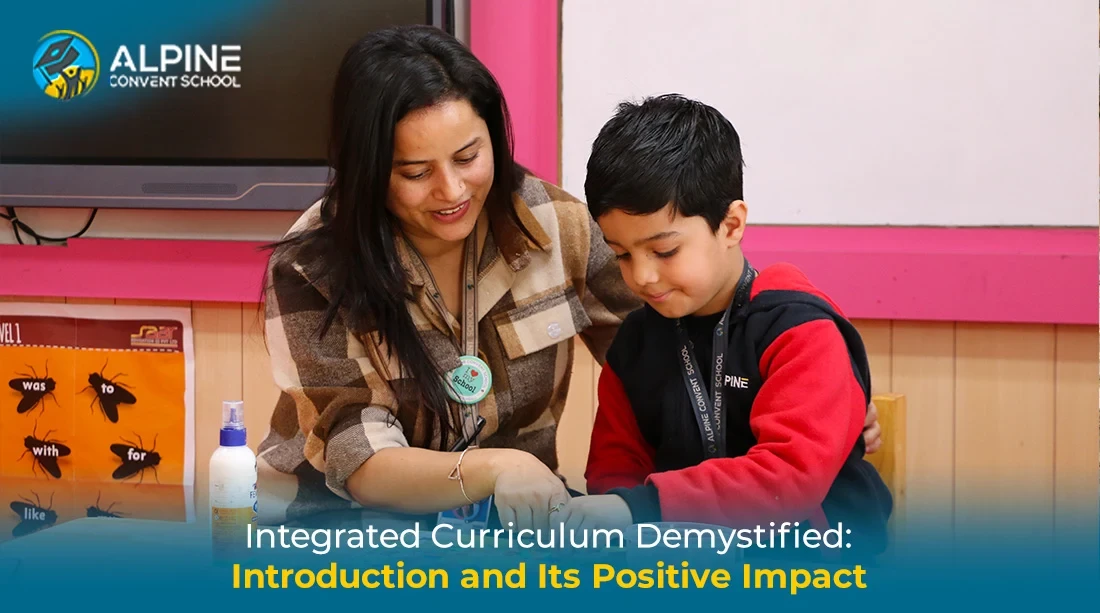
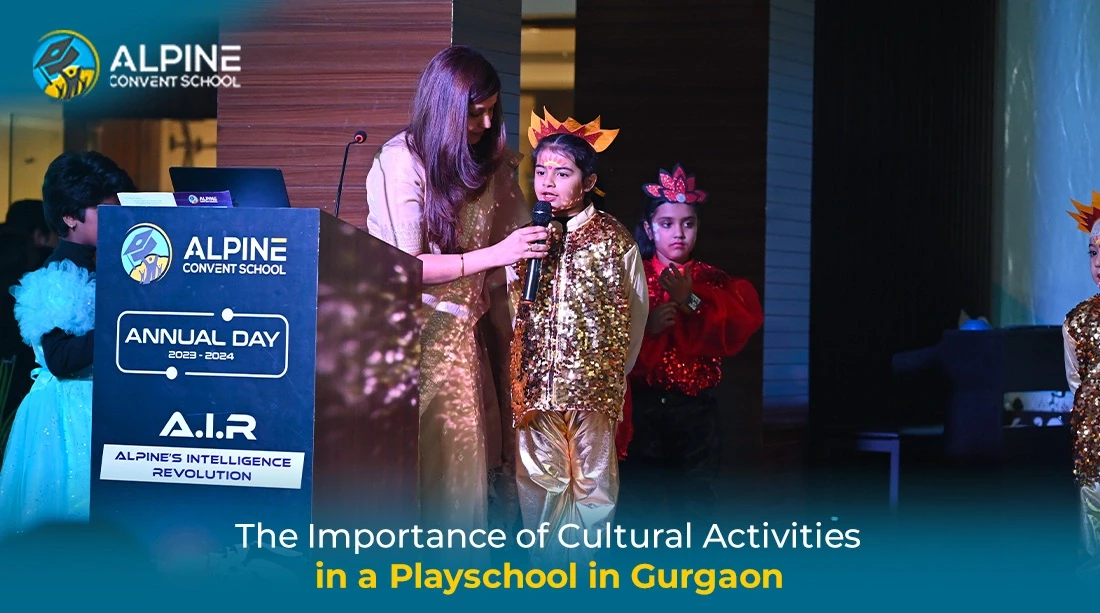
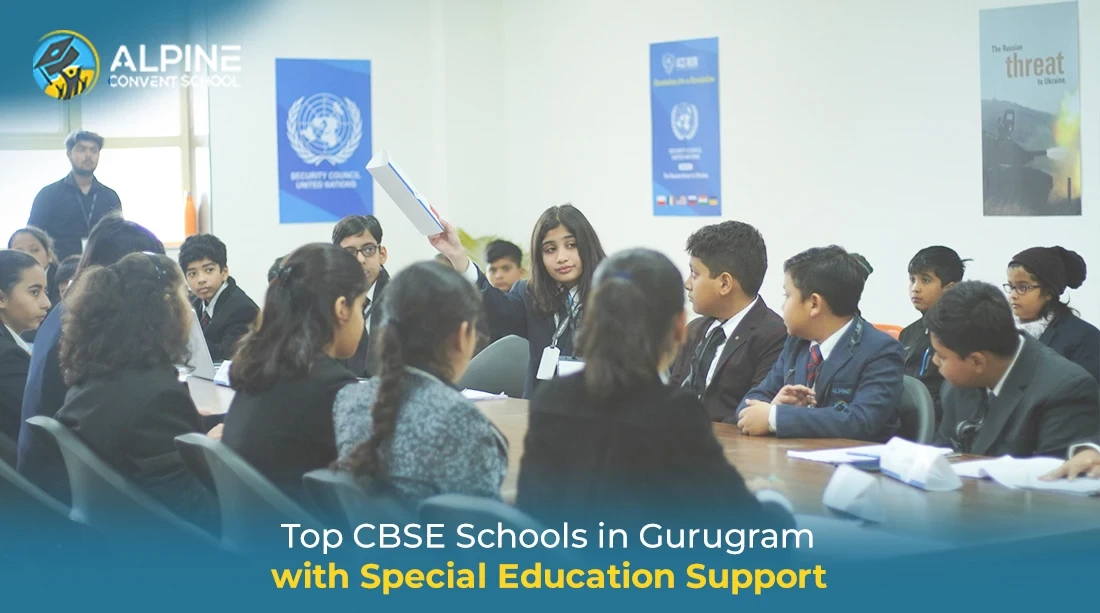
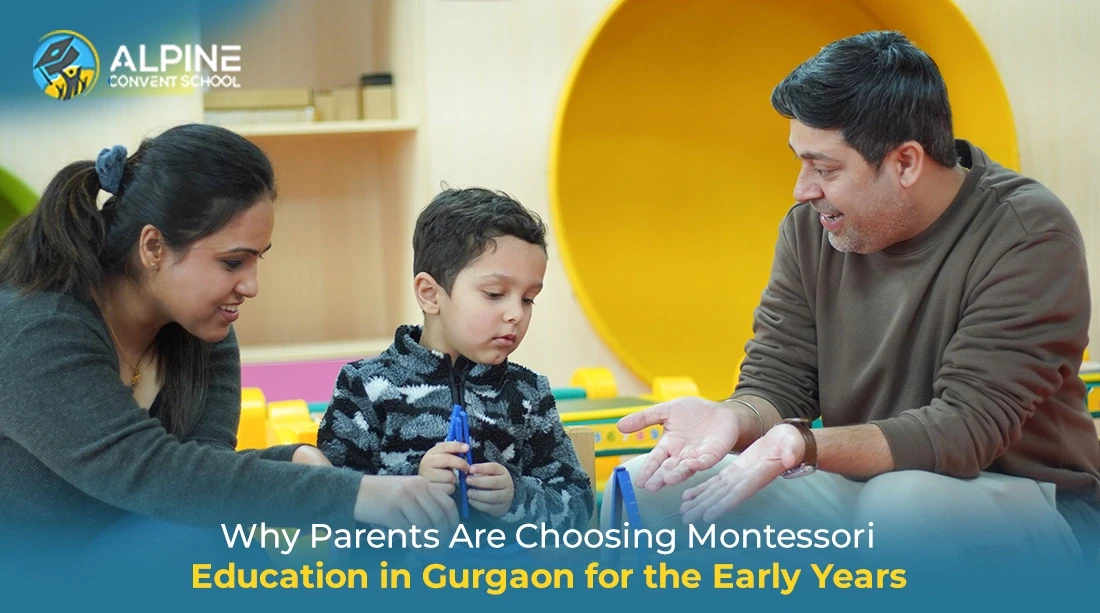
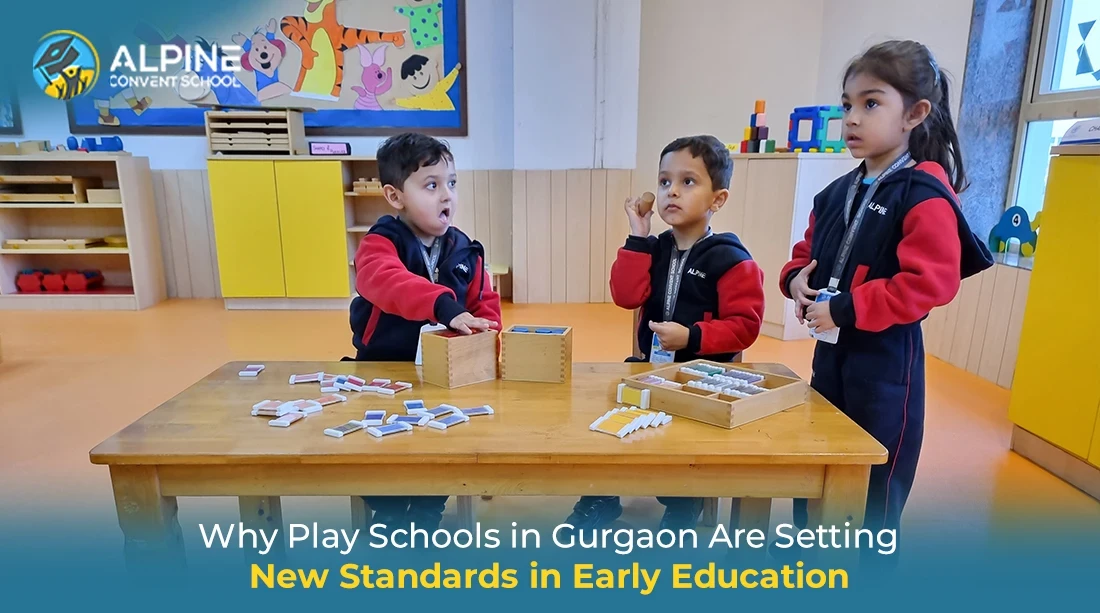
Get first-hand information on the top school in Gurgaon - Alpine Convent